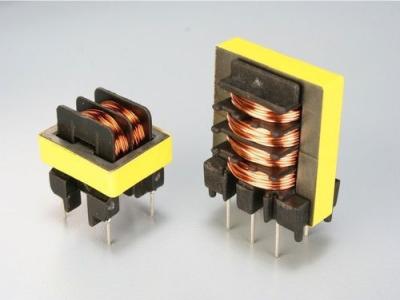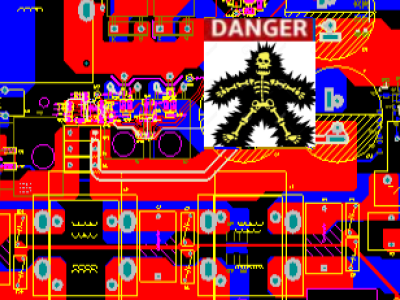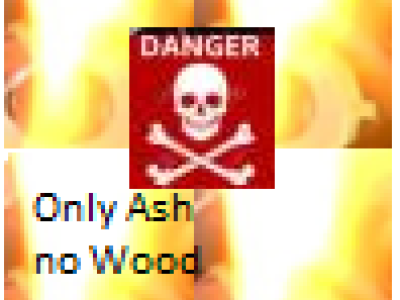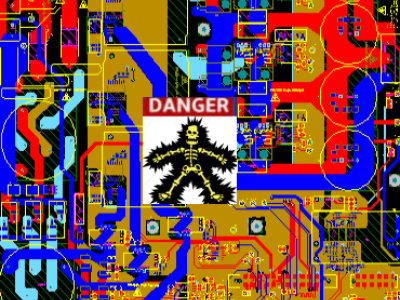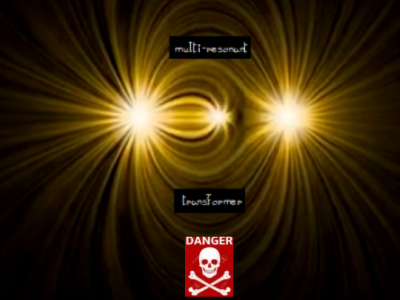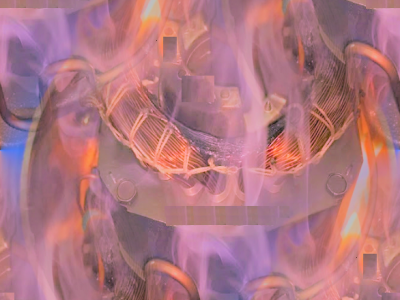Boron-10 Doped Polysiloxanes as Matrix Materials for Application in the Simultaneous Detection and Discrimination of Gamma Rays and Fast and Thermal Neutrons: Supplementary Information

- Citation Author(s):
-
Caleb ChandlerMackenzie DuceJonathan ArrueDominique PorcinculaAlan SellingerAnna Erickson
- Submitted by:
- Caleb Chandler
- Last updated:
- DOI:
- 10.21227/61cn-z885
 64 views
64 views
- Categories:
- Keywords:
Abstract
This is the Supplementary Information document for the article titled Boron-10 Doped Polysiloxanes as Matrix Materials for Application in the Simultaneous Detection and Discrimination of Gamma Rays and Fast and Thermal Neutrons, in the journal IEEE Transactions on Nuclear Science. Three boron-10 enriched aromatic molecules have been synthesized and incorporated into two different commercial polysiloxane resins, Shin Etsu KER-6000 and Wacker SilRes H62-C. Scintillating fluorophores, 9,9-dimethyl-2-phenylfluorene (PhF) and 2,5-diphenyloxazole (PPO), were tested in combination with each resin and boron-10 molecule for the simultaneous detection of gamma rays, fast neutrons, and thermal neutrons. The H62-C resin was able to solubilize a large amount of PhF, in excess of 20 wt%. Cure kinetics were controlled through the addition of divinylbenzene and phenyl tris(dimethylsiloxy)silane cross-linker solution to the H62-C resin, with rheology experiments demonstrating a large reduction in time to gelation when 20 wt% cross-linker solution was added, from more than 4 hours to less than 1 hour. These polysiloxane resins can be cured in 3 hours under air, while common poly(vinyltoluene) scintillators require at least 4 days of heating and oxygen-free conditions. PhF-doped KER-6000 with tolyl boronate pinacol ester exhibited the best overall performance with a light yield of 62% relative to EJ-200 and thermal neutron capture at energies up to 103 keVee (84 keVee for EJ254B-5). Additionally, four samples exhibited light yields surpassing an industry-standard boron-doped plastic scintillator, Eljen’s EJ254B-5. Over the course of ten months, the KER-6000 samples showed precipitation of dopant molecules, which reduced their light yield by 15% on average, while H62-C proved to be more stable with only a 6% reduction.
Instructions:
This is the Supplementary Information document for the article titled Boron-10 Doped Polysiloxanes as Matrix Materials for Application in the Simultaneous Detection and Discrimination of Gamma Rays and Fast and Thermal Neutrons, in the journal IEEE Transactions on Nuclear Science


